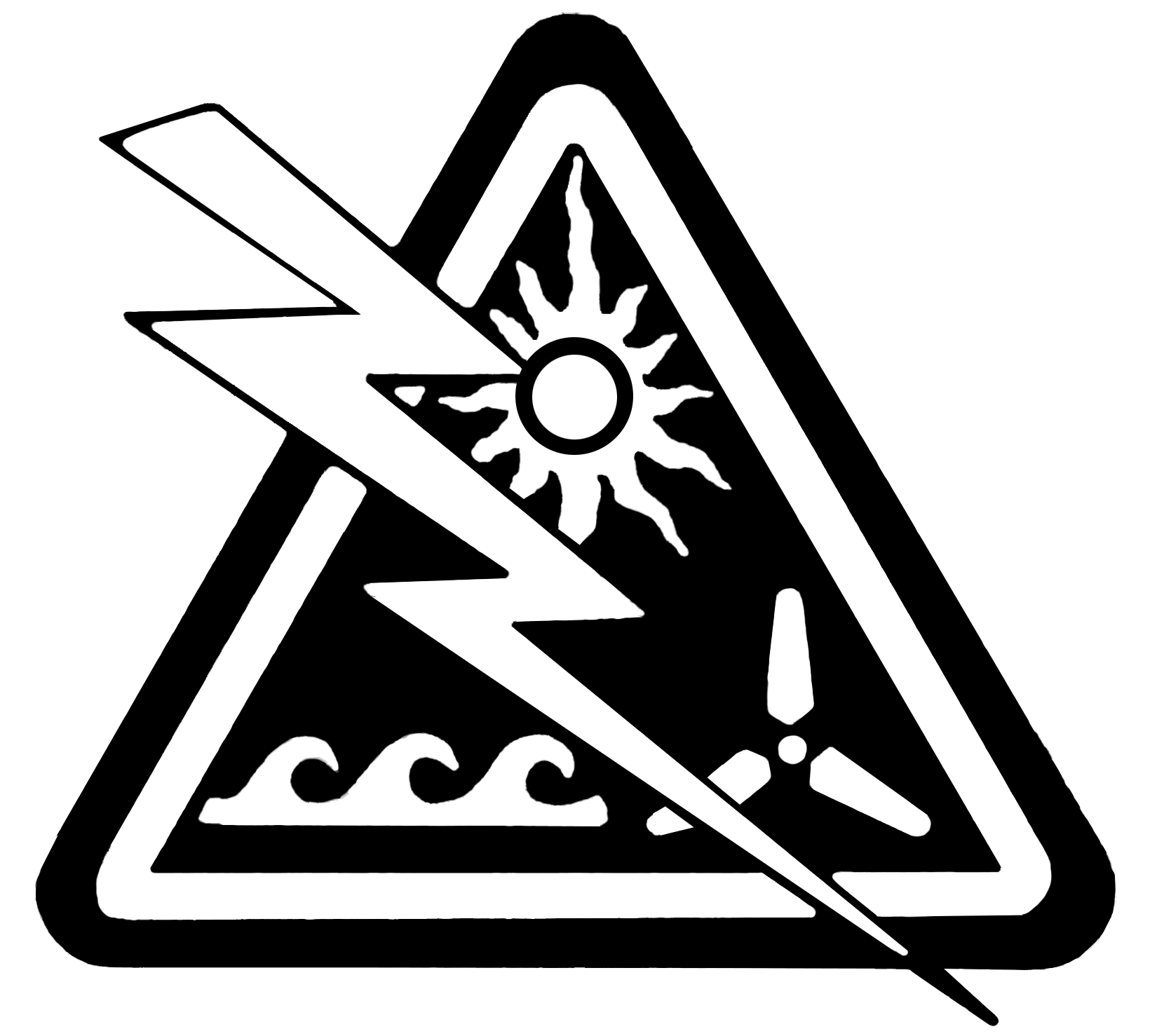
From the Article
With the average lifespan of a solar panel at roughly 20 years, installations from the early 2000s are set to reach end-of-life. Will they end up in landfill or be recycled? The cost of recycling is higher than landfill, and the value of recovered materials is smaller than the original, so there’s limited interest in recycling. But given the presence of heavy metals, if waste is managed poorly, we’re on track for another recycling crisis.
The presence of hazardous materials in the end-of-life solar panels can result in significant pollution and health issues, if released into the environment. To close the loop in the energy cycle, the next mission of the solar panel industry is the safe disposal or recycling of end-of-life products. In the waste management hierarchy, however, re-use or value-added recovery/re-purposing is considered preferable to recycling.
The main contributor to the total weight of a typical crystalline silicon PV module is glass (75%), followed by polymer (10%), aluminum (8%), silicon (5%), copper (1%) and small amounts of silver, tin, lead, and other metals and components. Lead and tin, if leached into soil and groundwater cause health and environmental concerns, while copper, silver, and silicon present a value opportunity if recovered efficiently. So, the landfill option should be fully replaced with recycling to prevent environmental pollution and retrieve the valuable materials present in the panel.
